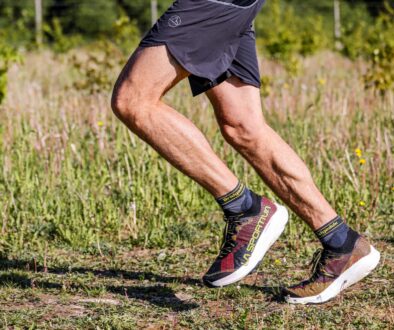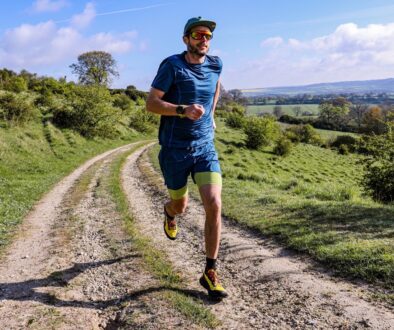Hot off the press, COROS have just released their POD 2! We were super lucky to get our hands on this just before the launch. Here is deep dive into what the POD 2 can do for you and your running.
Disclaimer we were given it free of charge to test. On with the review!
Wait a minute what is a POD? Do I need one?
Performance Optimisation Devices (PODs – that has to be in this year’s Christmas quiz) are not new to the market nor are they new to COROS, cue the COROS POD. They are often used to provide more information on running form and power and most are worn on the waist in conjunction with your watch. If you want to better understand your performance, how you can improve efficiency (running form is a big part of that) then you’d want one. With this latest launch, there are even more reasons.
What is new about the COROS POD 2?

- Recording runs indoors (possibly the least surprising – have your tried?!)
- Getting accurate GPS data in high rise urban areas or steep rock (watches are great with strong satellite signals)
- Real time pace measurements (there is a time delay)
- More accurate measurements of power
- Understanding your biomechanics (i.e. foot fall, stride length etc)
In essence the POD 2 looks to make up for these shortfalls cross referencing data with a COROS watch to create much more stable and accurate measurements. Despite its tiny size, its rammed full of tech: barometric altimeter, thermometer, geomagnetic compass, accelerometer and gyroscope.
The Test
On a single run, Simon ran with 2 VERTIX 2 watches on the same arm. One was connected to the POD 2, the other recording as usual. Both were set on the most accurate GPS setting, and all other settings were the same. The run was about 15km, through the hills and woods of the Chiltern Hills.



Results
REAL TIME PACE
The real time pace measurement was indeed real time! Well the lag was markedly reduced, when I stopped running it didn’t drop to zero in an instant but it was not far behind, a significant improvement. However, it was most useful when I was changing pace as I ran, this felt instantaneous. This would be extremely helpful in a race when you are trying to maintain pace.
EFFORT PACE®
Running pace is great on the flat, but we all know that falters on a hilly route! Power has been a focus for coaches and athletes for a while, as accounts for non-flat terrain. Along these lines, COROS is launching EffortPace TM to replace ‘Adjusted Pace’ and are looking to develop this further to include environmental factors, not just slope angles. EffortPaceTM takes the current grade you are running, combines it with your current pace, and provides you with a measurement telling you what your equivalent effort running flat would be. Now the watch does this already, but the POD boasts improvement in accuracy.
You can see the data comparison in the charts below, there is a lot more data points generated by the POD 2 with less smoothing which infers better accuracy.
GPS ACCURACY
GPS accuracy was good on my route all the way round, so it was no surprise that there was only 30 metres difference between the two devices, despite running in the woods. I am a trail runner, but if you live in an urban environment which suffers from tall buildings or maybe dashing occasionally through tunnels or bypasses, then this will really help. Similarly, I don’t run indoors (unless the dogs start chasing me) but if you do, then this will be a game changer. Track runners will be happy too as by boosting GPS accuracy you will be able to see the difference of running in different lanes, where every metre counts.
Conclusion
If you love your data, looking to finesse your training or an urban, track or indoor runner you’ll want one!









